Sun protection is important, which is why it is imperative that we adopt regular use of sunscreen in our lives. However, with Hawaii banning oxybenzone this past year, one has to wonder which other toxic chemicals may be lingering in our sunscreens.
While it is advisable to use sunscreen, a lot of these products contain ingredients that may have adverse effects on the body. Oxybenzone, for one, has been found to cause hormonal disruption, cell damage, allergies, and even jeopardize coral reefs, which can then affect biodiversity.
Like oxybenzone, the ingredients listed below can be found in sunscreens – but you definitely don’t want them on your skin.
6 Toxic Ingredients In Sunscreen
1. Avobenzone
Sunscreens contain avobenzone because of how well it absorbs UVA rays – the ones responsible for sunburn. While it is a relatively safe ingredient, avobenzone is not a very stable one.
As it lacks stability, the avobenzone breaks down when exposed to the sun for longer than 30 minutes. It then degrades into unknown chemicals, releasing free radicals. As we know, free radicals are directly responsible for accelerating skin aging and increasing the risk of cancer.
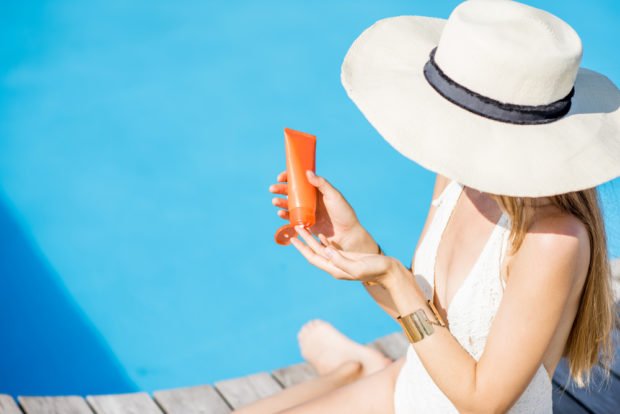
Aside from sun exposure, a study published last year in the journal Chemosphere, found that when exposed to chlorine, avobenzone can turn toxic and jeopardize the health of both the kidney, liver, and nervous system.
2. Homosalate
Homosalate absorbs UVB rays, the same rays that increase the risk of skin cancer.
Unfortunately, homosalate accumulates in the body faster than the body can detoxify it through the liver. It then lingers in the body, becoming toxic and disrupting hormonal balance, with one study revealing how homosalate encouraged the multiplication of human breast cancer cells.
3. Parabens
Parabens are preservatives found in many beauty products. However, studies have linked parabens to a number of health issues. These include infertility, breast cancer, uterine tumors, obesity, asthma, and allergies.
The effects of parabens are so severe that in 2014, the EU banned five common types of parabens.
4. Octinoxate
Manufacturers combine octinoxate with avobenzone to help the avobenzone work longer. Octinoxate also protects the skin against UVB rays.

However, octinoxate has been linked to disrupting hormonal activity, so much so that it affects both the reproductive system and thyroid. Furthermore, like avobenzone, when exposed to sunlight octinoxate breaks down and produces free radicals.
Lastly, like oxybenzone, octinoxate has been targeted in Hawaii’s ban in a bid to protect coral reefs.
5. Octocrylene
Like octinoxate, manufacturers combine octocrylene with avobenzone to help avobenzone work longer. Octocrylene is also used because of how well it absorbs UVB and UVA rays.
However, octocrylene can pierce quite deep into the skin, where it then encourages the production of free radicals. In fact, a study published in the journal Free Radical Biology & Medicine revealed how, when left on the skin for an hour, octocrylene, octinoxate, and oxybenzone increased the production of free radicals, with the levels of production being quite high.
6. Retinyl palmitat
Retinyl palmitate is an antioxidant and a derivative of vitamin A. It helps to protect the skin against premature aging.
Unfortunately, studies have shown that retinyl palmitate quickens the development of malignant cells and skin tumors as a result of UV rays breaking the ingredient down.
Tips for safer sunscreens
In choosing sunscreen, it’s best to go for one made from natural materials. Such materials include zinc oxide, mexoryl sx and titanium dioxide.
With regards to titanium dioxide, stay clear of this ingredient in aerosol spray sunscreen. While safe in lotion form, it can become quite toxic when inhaled.
Want to Know More About Sunscreen?
While the best way to protect ourselves from excessive sunlight exposure is by using the right sunscreen and covering up with a hat and long sleeves, our diet can also play a protective role.


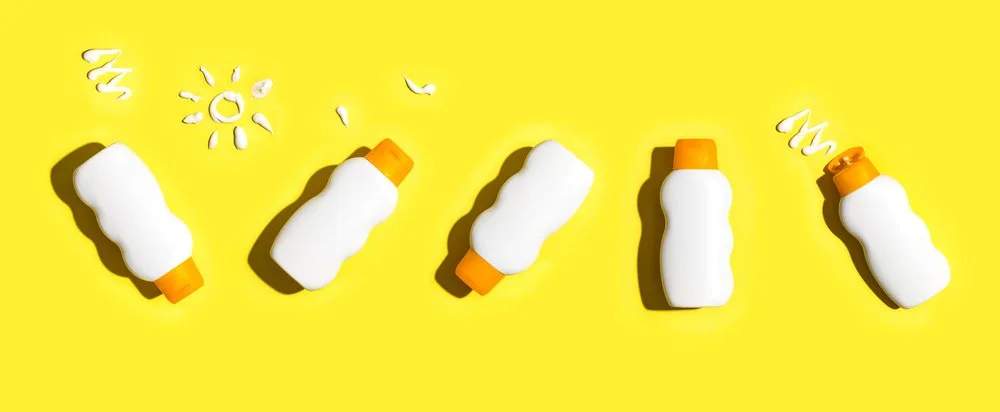
![women [longevity live]](https://longevitylive.com/wp-content/uploads/2020/01/photo-of-women-walking-down-the-street-1116984-100x100.jpg)





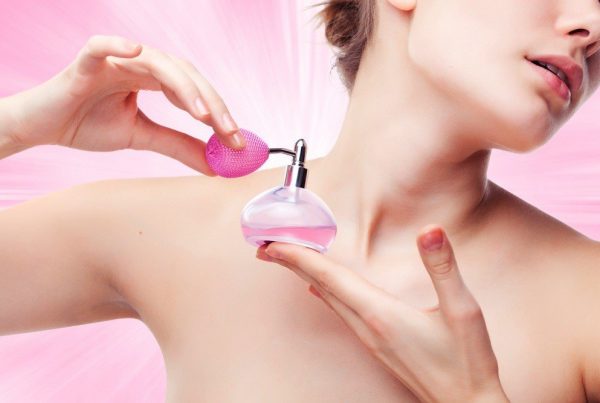
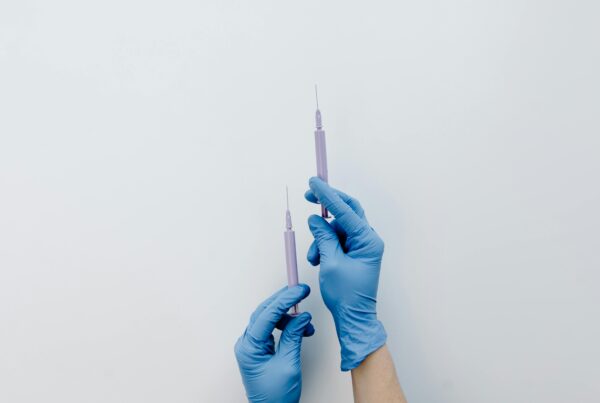
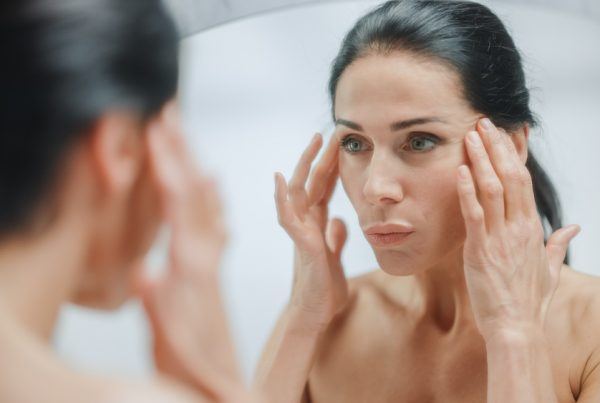



One Comment